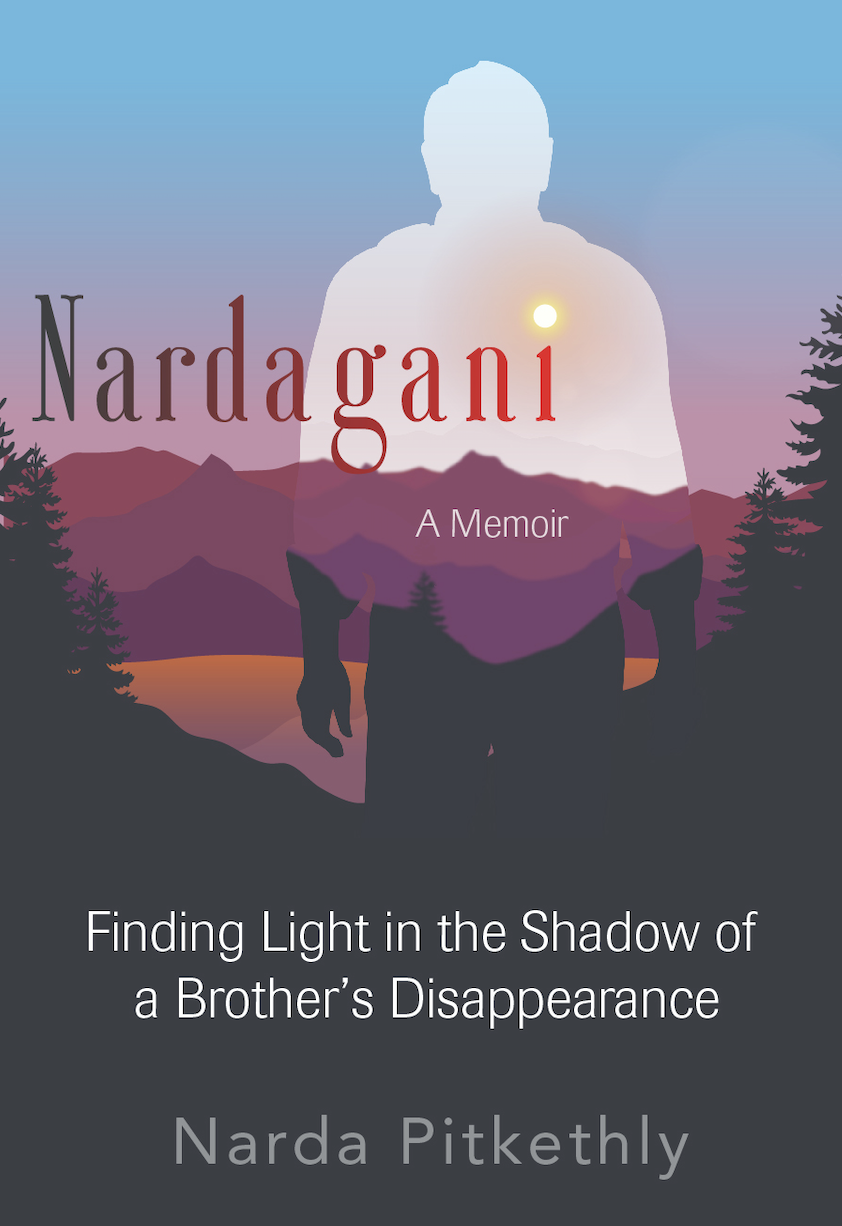In June 2021, Narda Pitkethly, Founder of The Nardagani Reading Program, was invited to share the company’s story in a live online Women 4 Solutions’ webinar. Women 4 Solutions is a global network of women entrepreneurs and intrapreneurs igniting “Caring Economy” values and integrating them into organizations across all sectors, promoting positive impact and building a more inclusive and regenerative world.
Read MoreNardagani curriculum partner Learn2Teach, which usually focuses on teacher training and has graduated hundreds of teachers over the past five years, has pivoted this summer. Insiyah Rahim, the Founder of Learn2Teach, decided to not only continue teaching teachers but also is actively using The Nardagani Reading Program in India.
Read MoreIn January 2020, Narda Pitkethly, Founder and CEO of Nardagani, released her first novel, “Nardagani: A Memoir - Finding Light in the Shadow of a Brother's Disappearance.” Now Pitkethly’s memoir, which chronicles Narda’s brother (Jay) disappearance in September 2001, is available as an audiobook on Amazon, Audible, and iTunes, with Narda serving as the narrator.
Read MoreMost people who want to learn English know that it is a hard language to learn. However, did you know that the majority of native English speakers think that their language is weird too.
The Nardagani Reading Program is designed to eliminate the guesswork involved in reading. The program is comprised of 12 simple symbols, used below letters, that allow the reader to know which sound to make. Students learn a few symbols at a time. They memorize the symbols through exercises, games, and reading books coded with the symbols. Once students learn the first few symbols, they work on sounding out words, and increase their list of sight words.
Read MoreEnglish is a difficult language to learn to read, because 14 of the 26 letters in the English alphabet make multiple sounds. Reading programs typically combine letters, and have many complicated rules in order to learn to read. The Nardagani Reading Program is designed to eliminate the guesswork involved in reading. The program is comprised of 12 simple symbols, used below letters, that allow the reader to know which sound to make. Students learn a few symbols at a time. They memorize the symbols through exercises, games, and reading books coded with the symbols. Once students learn the first few symbols, they work on sounding out words, and increase their list of sight words.
Earlier this year, a Sudan teacher, Talitha Lord, reached out to The Nardagani Reading Program. Lord had recently watched Narda Pitkethly’s, CEO and Founder of The Nardagani Reading Program, TEDx Talk “A New Way to Learn to Read English” (YouTube link) and felt “inspired.” Indeed, like Talitha, Narda’s TEDx talk has touched many viewers and has now had over 1,000,000 YouTube views.
Read MoreTo date, The Nardagani Read Program is being taught in 62 unique countries around the globe. From Canada to China, Spain to South Korea, and the Dominican Republic to Denmark, individuals around the world are learning to read and correctly pronounce English using Nardagani.
Read MoreThrough analysis of the bar graph, Reading Results by Grade Level and Individual Student, take a closer look at the successful Nardagani and Buhl Pilot Program, which was conducted from September 2020 through December 2020, in Buhl, Idaho.
Read MoreEnglish is a difficult language to learn to read, because 14 of the 26 letters in the English alphabet make multiple sounds. Reading programs typically combine letters, and have many complicated rules in order to learn to read. The Nardagani Reading Program is designed to eliminate the guesswork involved in reading
Read MoreDespite the COVID-19 learning environment, The Nardagani Reading Program and Buhl Middle School Pilot Program achieved positive results. Some exciting highlights of this study include the students having a 4.4 to 5.5 grade mean (average) grade equivalent growth and an overall mean grade equivalent improvement of 1.1 grade levels. In addition, the students had a 3.8 to 5.0 grade median equivalent growth. This translates to a median grade equivalent improvement of 1.2 grade levels. These numbers reflect a 27.10% reading mean and a 17.29% spelling mean improvement.
Read More









